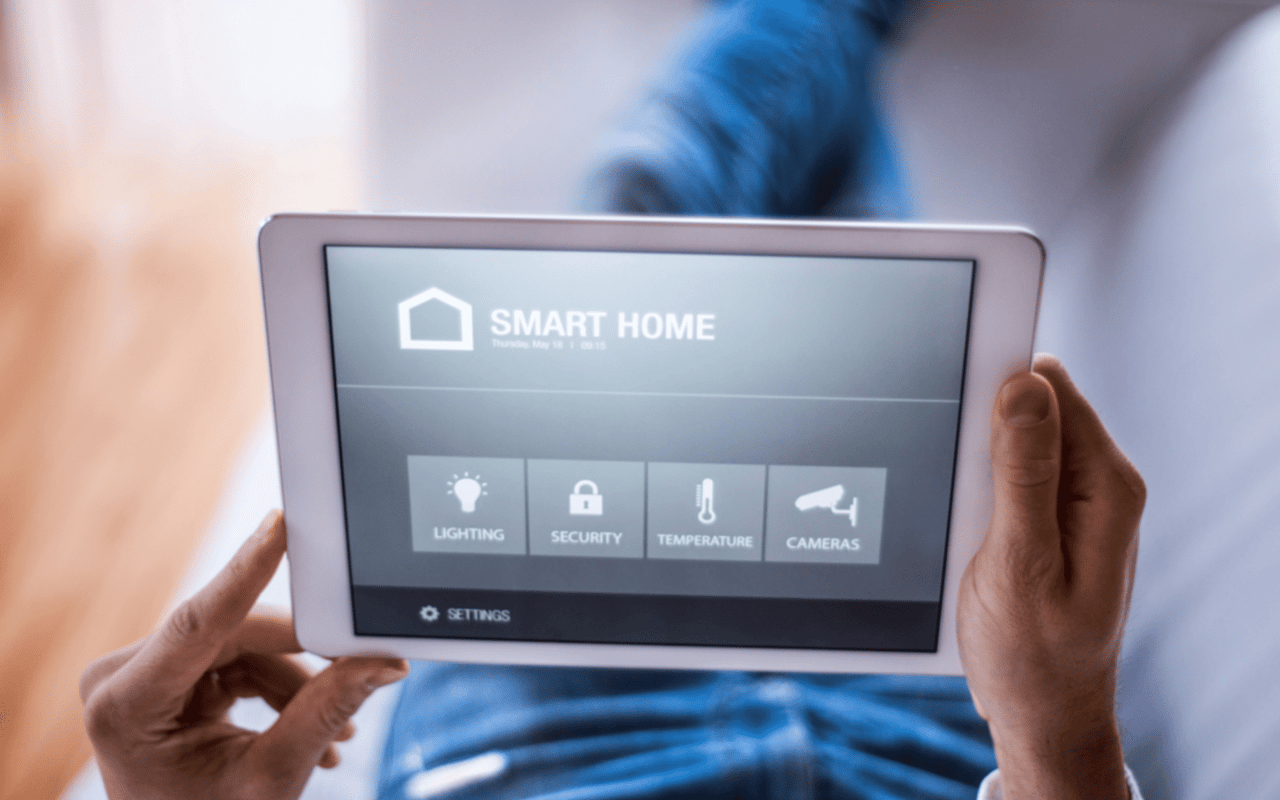In today's world, where environmental consciousness meets rising energy costs, making your home energy-efficient is not just an option—it's a necessity. Enhancing your home's energy efficiency is a win-win; it reduces your carbon footprint and lowers your utility bills. Fortunately, achieving a more energy-efficient home doesn't have to be expensive. Here are several cost-effective measures that homeowners can implement to boost their energy savings without breaking the bank.
Seal and Insulate: The First Line of Defense Against Energy Loss
One of the most cost-effective ways to improve your home’s energy efficiency is by sealing air leaks and improving insulation. Air leaks around windows, doors, and through basements or attics can be significant energy drainers. Weather-stripping and caulking are simple, DIY fixes that can prevent warm or cool air from escaping your home. Adding insulation to attics, walls, and floors can also drastically reduce heating and cooling costs. This one-time investment pays dividends year after year by maintaining your home's temperature more efficiently.
Upgrade to Energy-Efficient Appliances
Old, inefficient appliances can consume an enormous amount of energy. When it's time to replace appliances, opting for those that are Energy Star certified can cut down energy use substantially. Energy Star appliances meet strict energy efficiency guidelines set by the U.S. Environmental Protection Agency. While the upfront cost might be higher, the long-term savings on energy bills will make up for the initial investment. Focus on the appliances that consume the most energy, such as refrigerators, washing machines, and dryers.
Switch to LED Lighting
Lighting accounts for about 10% of an average household's electricity bill. Switching from traditional incandescent bulbs to LED bulbs can save a significant amount of energy. LED bulbs use at least 75% less energy and last 25 times longer than incandescent lighting. Although LEDs have a higher upfront cost, their long lifespan and low energy use offer considerable savings over time.
Install Programmable Thermostats
Heating and cooling can account for nearly half of a home’s energy consumption. Installing a programmable thermostat can help manage this cost more effectively. These devices allow you to set temperatures according to varying times of the day and automatically lower heating or cooling when you don't need as much. Some newer models even connect to Wi-Fi, allowing you to adjust settings remotely from a smartphone, enhancing convenience and control over your home’s climate.
Optimize Water Heating Expenses
Water heating is a significant energy expense in most homes, typically accounting for about 18% of utility bills. Lowering the temperature on your water heater, insulating water pipes, and using water-efficient fixtures can reduce water heating costs. Consider upgrading to a more efficient water heater if your current one is old and less efficient—a tankless water heater, although more expensive initially, can provide longer-term savings by heating water only on demand.
Improve Window Efficiency
Windows can be a major source of energy loss, whether from air leakage or through the glass itself. If replacing windows is not an option due to budget constraints, other measures can still improve their efficiency. Using weather stripping, caulking gaps, and applying window films can help. Thermal or blackout curtains can also effectively insulate windows, keeping heat in during winter and out during summer.
Smart Power Strips and Energy Monitoring
Phantom loads — the energy consumed by electronics when they are turned off but still plugged in — can account for a significant portion of your energy bill. Smart power strips can help reduce this waste by shutting off power to devices when they are not in use. Additionally, investing in a home energy monitor can provide insights into where energy is being consumed unnecessarily in your home, helping you make smarter usage decisions.
Landscaping for Energy Savings
Thoughtfully designed landscaping can provide natural ways to enhance your home’s energy efficiency. Planting trees strategically around the home can provide shade in the summer and block cold winds in the winter. This natural insulation helps reduce reliance on heating and cooling systems, lowering energy consumption.
Regular Maintenance of HVAC Systems
Keeping your heating, ventilation, and air conditioning (HVAC) system in top working condition is crucial for energy efficiency. Regular maintenance, such as replacing filters, cleaning ducts, and ensuring that the system is running efficiently, can significantly reduce energy costs. An inefficient HVAC system can increase energy bills by forcing the system to work harder to maintain the desired temperature.
Government Rebates and Incentives
Finally, explore government rebates and incentives for energy-efficient upgrades. Many local and federal governments offer tax credits, rebates, or other incentives to encourage homeowners to make energy-efficient improvements to their properties. These can offset the initial costs of energy-efficient upgrades and make them more accessible.
Making your home more energy-efficient is an investment that pays off in both the short and long term. By implementing these cost-effective strategies, you not only save on your monthly utility bills but also contribute to a more sustainable environment. Starting with small, manageable projects can lead to significant savings over time, enhancing your home’s comfort and value.
Contact Kelly Broling Smoak today to learn how she can help you sell your house in Manhattan, MT.
Making your home more energy-efficient is an investment that pays off in both the short and long term. By implementing these cost-effective strategies, you not only save on your monthly utility bills but also contribute to a more sustainable environment. Starting with small, manageable projects can lead to significant savings over time, enhancing your home’s comfort and value.
Contact Kelly Broling Smoak today to learn how she can help you sell your house in Manhattan, MT.





